Wild cats are among nature’s most agile and majestic hunters, possessing distinct characteristics that allow them to thrive in diverse environments. Many species of wild cats inhabit some of the harshest climates on Earth, ranging from deserts to snowy mountains. This article explores the reasons why some wild cats thrive in these harsh environments, highlighting the adaptations and behaviors that have enabled their survival.
Physical Adaptations
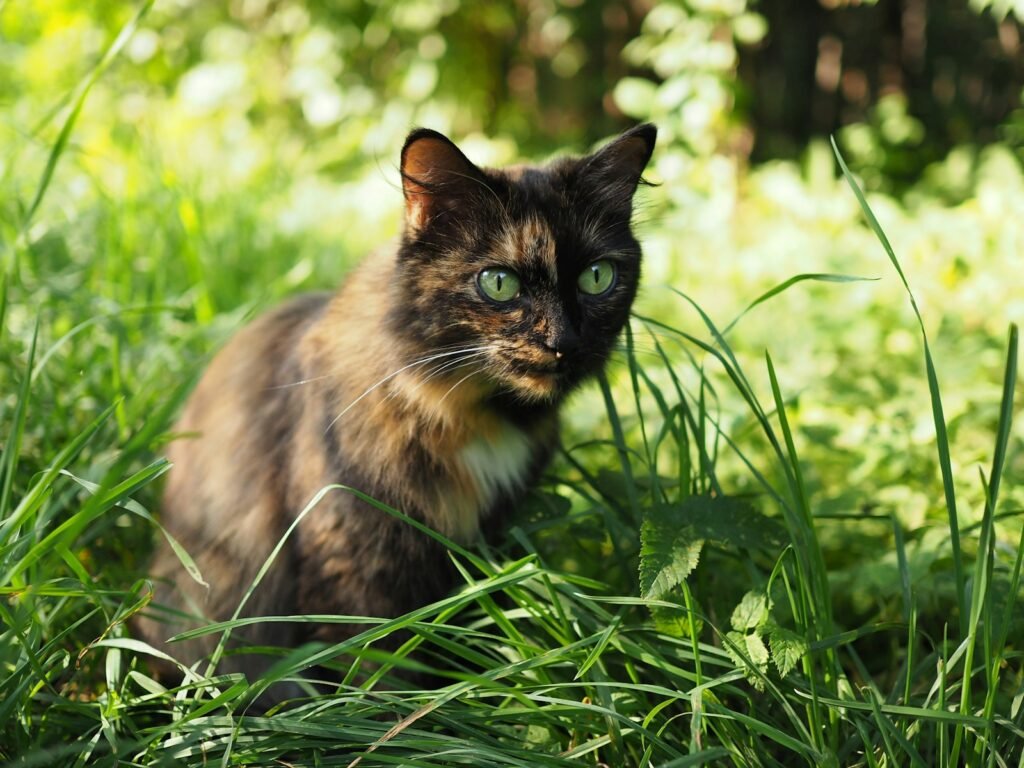
Wild cats have evolved a range of physical adaptations that help them survive in extreme conditions. Some species, like the snow leopard, have thick fur and large paws that act as snowshoes to move easily over snowy terrain. Similarly, the sand cat has fur-covered feet and is adept at living in desert conditions, avoiding scorching sand by burrowing underground during the day.
Camouflage and Stealth
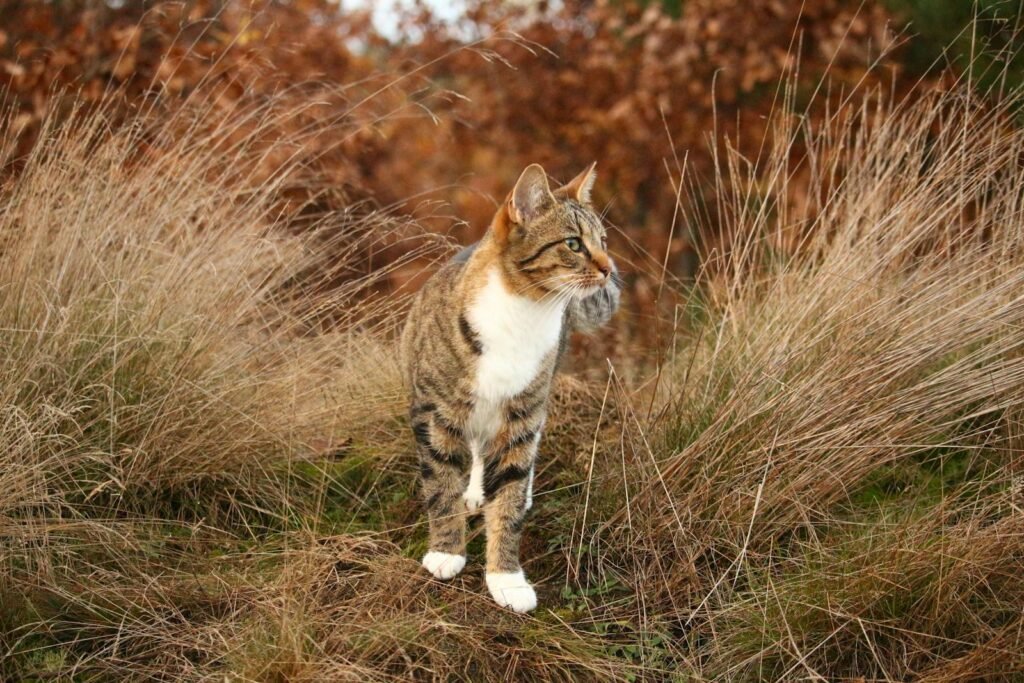
Camouflage plays a vital role in the survival of wild cats. They have evolved coats that blend seamlessly with their environment, helping them evade predators and effectively hunt prey. For instance, the spotted coat of the leopard allows it to remain unseen in dense forest and grasslands, providing it the element of surprise during a hunt.
Behavioral Adaptations
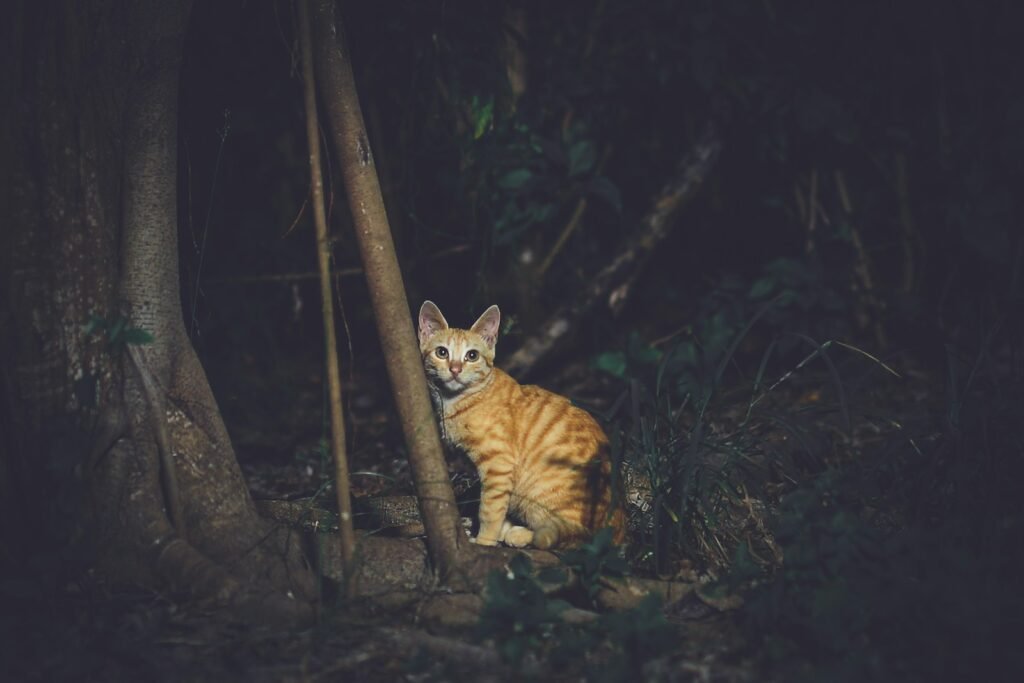
To survive in harsh environments, wild cats exhibit various behavioral adaptations. Many species are nocturnal, hunting at night when temperatures are cooler and prey is more active. This behavior is particularly beneficial in desert regions, where daytime temperatures can be extreme.
Dietary Flexibility
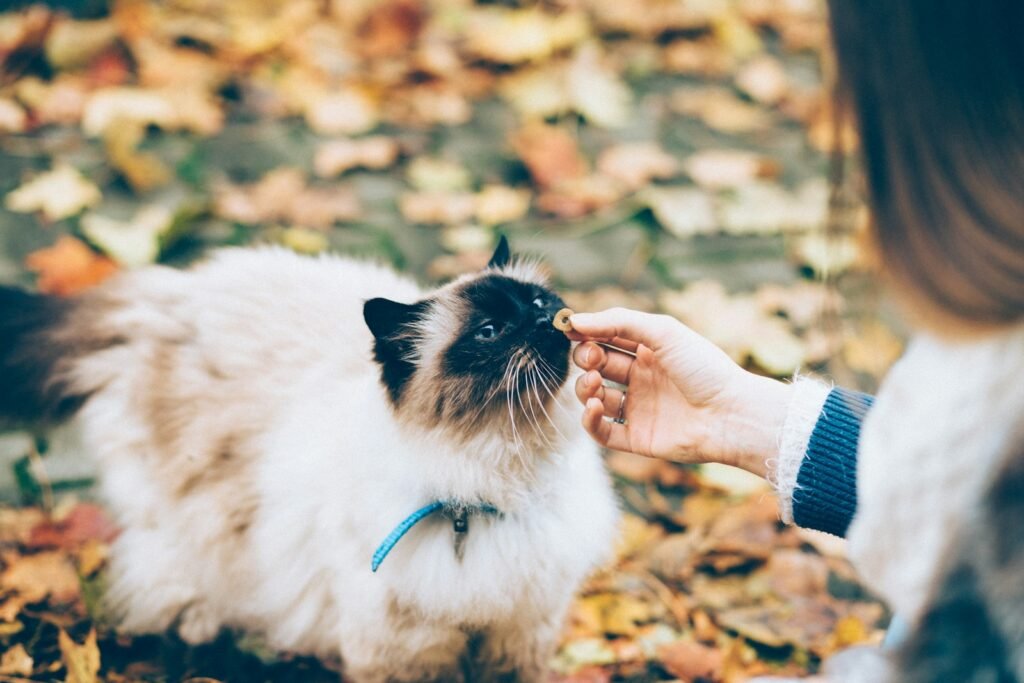
Wild cats demonstrate remarkable dietary flexibility, allowing them to thrive even when preferred prey is scarce. They are opportunistic feeders, capable of hunting a wide range of animals, from insects to larger mammals. This adaptability is crucial in environments where food availability is unpredictable.
Efficient Water Use
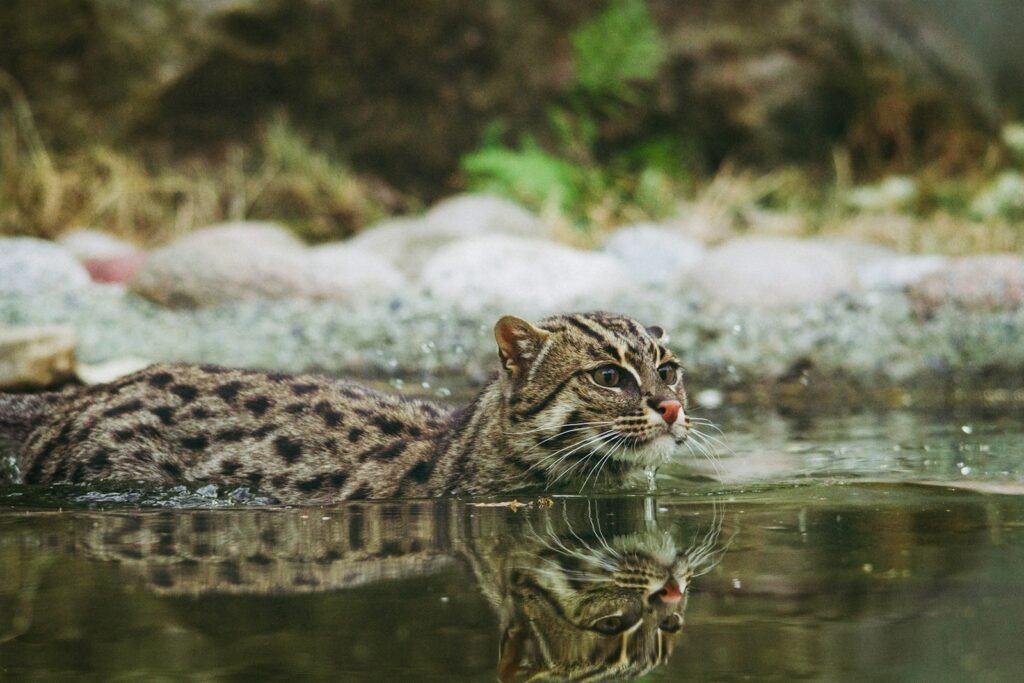
In arid regions, water conservation is a key survival trait. Wild cats like the caracal and the black-footed cat obtain necessary fluids from their prey, minimizing their need for water sources. They have also developed efficient kidneys that conserve water and allow them to survive on minimal liquid intake.
Keen Senses
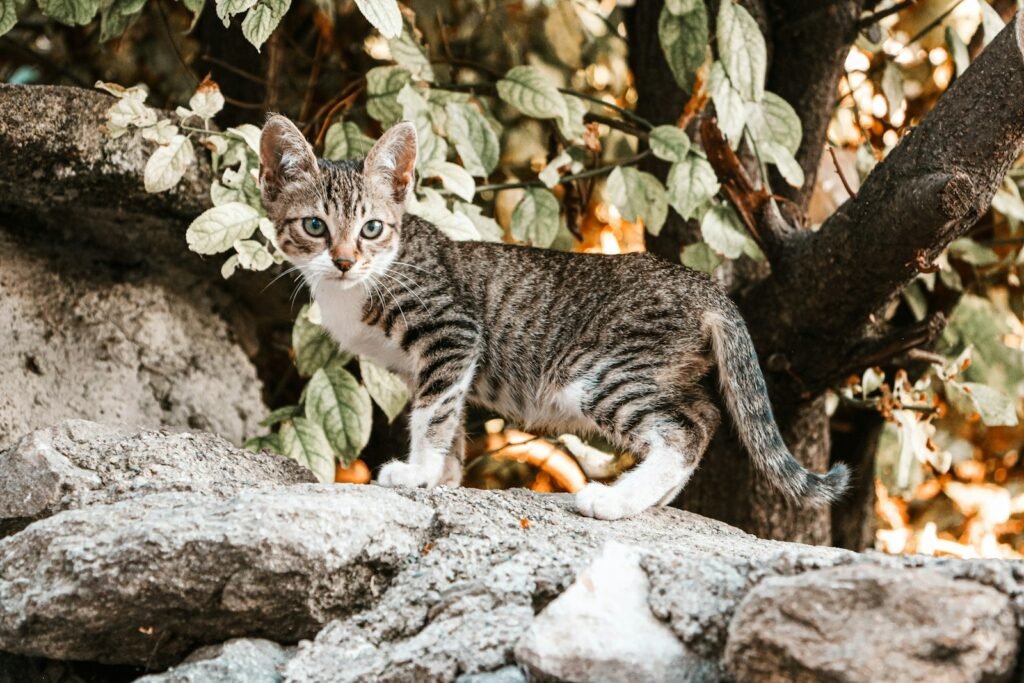
Wild cats possess acute senses that aid in their survival, especially in harsh environments where resources are limited. Their sharp eyesight enables them to spot prey at a distance, while their heightened sense of hearing allows them to detect underground burrowing animals and other hidden prey.
Territorial and Survival Strategies

Territorial behavior is common among wild cats, enabling them to claim and defend areas rich with resources. By establishing territories, they can secure enough food and mating opportunities while minimizing direct competition with other predators. Some species, like the lynx, have large territories that they patrol regularly.
Population and Genetic Diversity

Genetic diversity within populations can influence a species’ ability to adapt to changing environments and harsh conditions. Wild cats with more genetic diversity have greater adaptability to new threats, such as climate changes or human encroachment, enhancing their chances for long-term survival.
Coexistence with Humans

Despite their adaptability, many wild cats face challenges due to human activity. Deforestation, habitat encroachment, and poaching are significant threats. However, some species have shown an ability to coexist with humans by adapting their habitats or becoming more elusive. Conservation efforts are vital to supporting the continued thriving of wild cats in their natural environments.
Conclusion
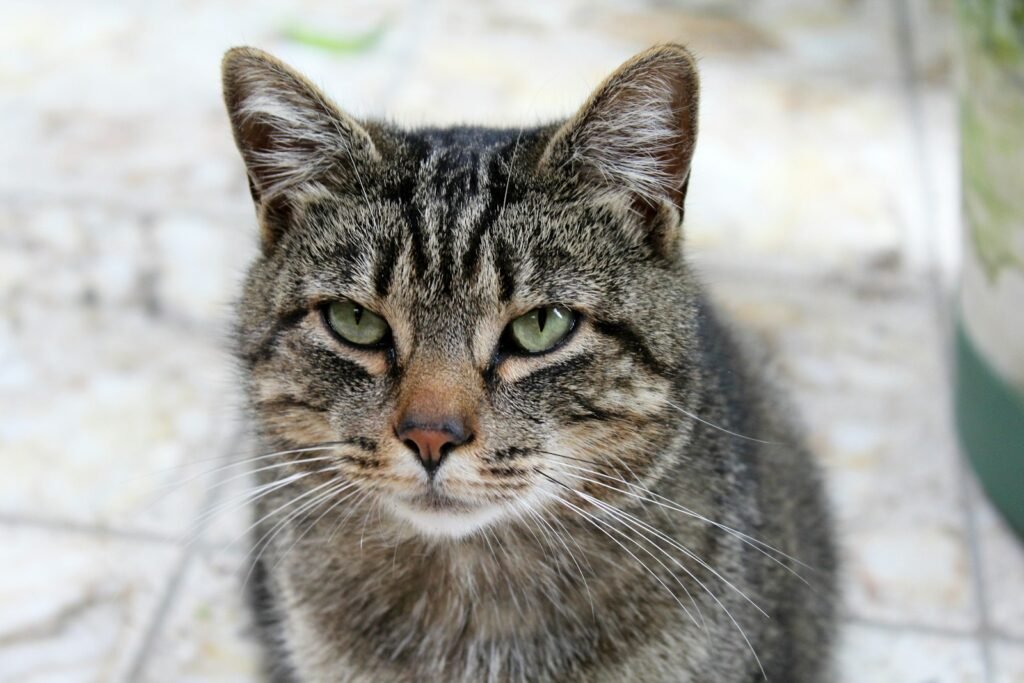
Wild cats’ ability to thrive in harsh environments is a testament to their remarkable adaptability and resilience. Through specialized physical traits, behavioral adaptations, and keen senses, these animals maintain their place as apex predators in diverse habitats. Understanding and preserving these magnificent creatures are crucial to maintaining ecological balance and biodiversity across the planet.

Growing up traveling and experiencing new cultures and wonders, I have had a passion for nature, adventuring, photography, and videography. I am currently working towards a BSc in Biodiversity and Ecology at Stellenbosch University, and I hope to specialise in Marine Sciences one day.
Please send any feedback to Feedback@animalsaroundtheglobe.com






